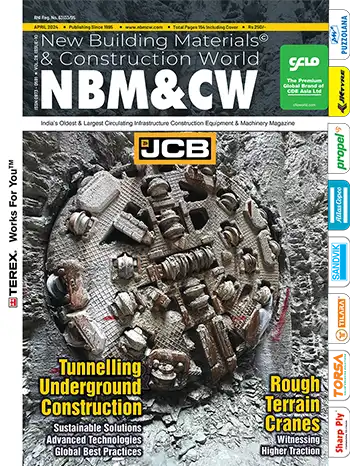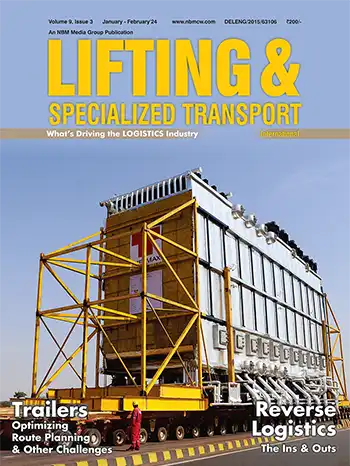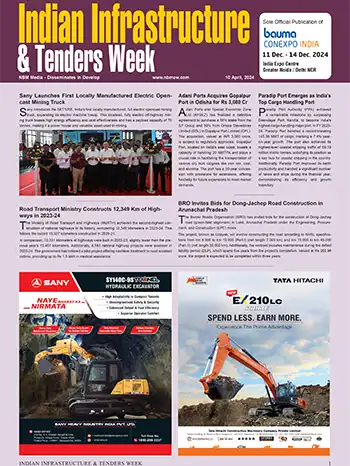CJ Darcl Logistics - Aiming to be India’s No. 1 Total Logistics Service Provider
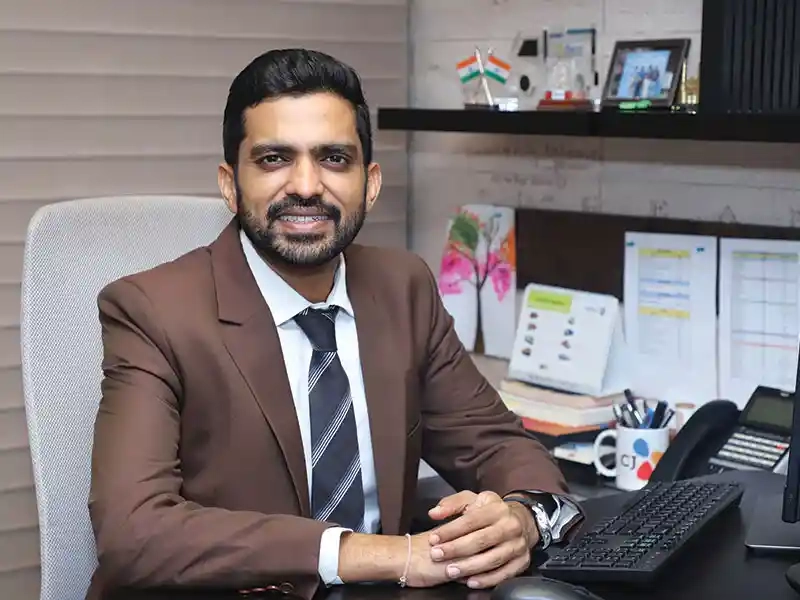
What is driving the current logistics market of India?
The logistics industry is playing a vital role in driving the Indian economy by empowering many sectors. For instance, growth of retail business in the domestic market, as well as the development of e-commerce, are the major demand drivers as e-commerce requires the support of logistics with effective last-mile and speedy deliveries.
In recent years, e-commerce has expanded aggressively to tier-2 and tier-3 cities across the country, which has led to a further growth of the logistics sector. E-commerce is also propelling demand for warehouses, especially in smaller cities, for seamless supply chain activities. The Indian government is working to build a wide road network to strengthen connectivity across the country and is investing heavily in rail transportation (DFC) to give momentum to the logistics industry, which is expected to grow stronger over the years.
Logistic cost in India is 13-14% of the GDP while it is about 7-9% in developed economies; how do you think the Indian government and the industry can work together to bridge this gap?
Logistic costs are high in India due to reasons such as the highly fragmented nature of the industry, high port charges, high container costs, hike in fuel prices etc. Despite the challenges, the government sees a lot of potential in the logistics industry to help improve the GDP of the country.
The Government recently introduced the NLP, which, along with the Gati Shakti-National Master Plan for multi-modal connectivity will reduce logistic cost to single digits by the end of 2022 and improve connectivity, infrastructure, and efficiencies in logistics. NLP will help the sector achieve quick last-mile delivery, end transport-related challenges, save time and money of manufacturers, and prevent wastage of agro-products. The vision of this policy is to catapult India to the top 25 countries in the World Logistics Performance Index. According to (the latest available) World Bank Logistics Index 2018, India is at the 44th position in logistic costs, behind China (26th rank) and Vietnam (39th rank).
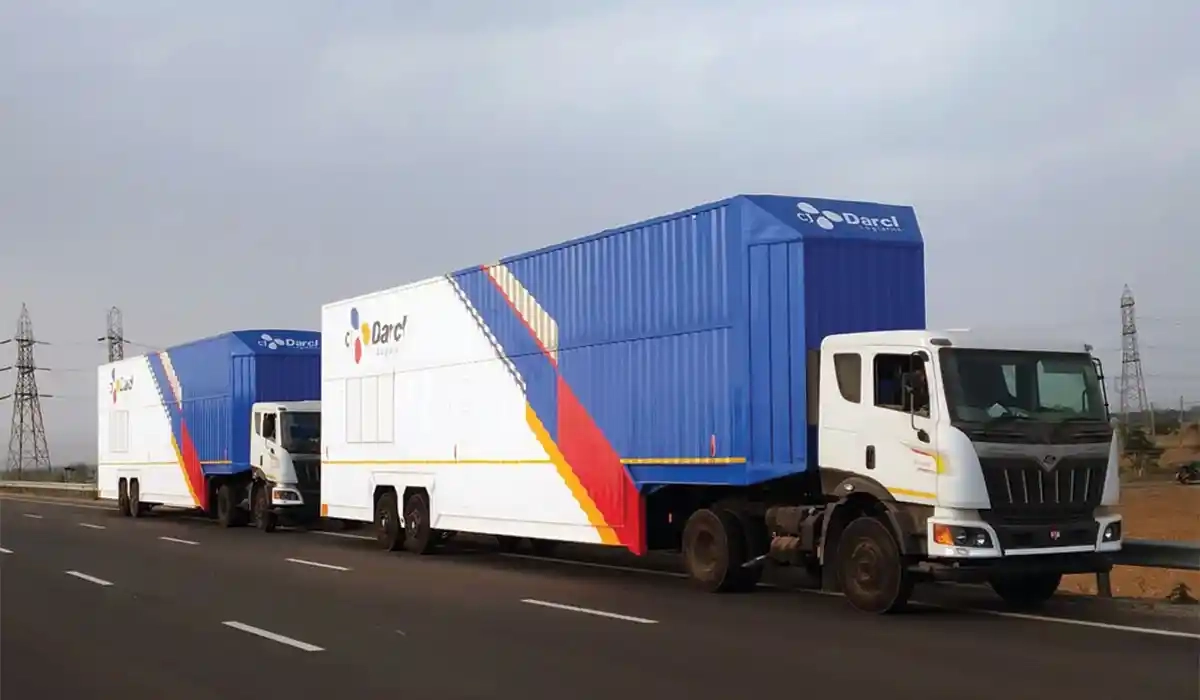
What are the other challenges faced by logistics companies in India?
Challenges like poor technology, lack of digitization at the ground level resulting in manual long queue processes, and use of obsolete equipment, are hampering efficiency in the supply chain. In ports, railways and roads, infrastructure is the key challenge. High fuel tariffs also impact the logistics sector since high costs lead to higher transportation charges, which resultantly raise the freight costs.
Other challenges include shortage of drivers and other skilled workers, scarcity of warehouses, taxation discrepancies, and slow adoption of new technologies. In India’s highly competitive market which has many global players, these challenges need to be addressed by adopting the best solutions.
What do you attribute the growth of CJ Darcl Logistics over the years; how has the partnership with South Korean logistics major CJ Logistics impacted your business?
The company started in 1975 with a modest though a sound beginning, with a single truck plying between Delhi and Assam. Over the last four decades, CJ Darcl Logistics evolved into an organization with a pan-India network. The expansion of services led to a growth in infrastructure and in our capabilities. We have expanded our service portfolio to include diverse industries and sectors to emerge as a leading operator with a strong customer base of over 2000 companies.
From a family business, the company now has over 170 branches pan India and over 4000 employees. We have a mix of owned and leased fleet of over 800,000 vehicles, which can carry over 700 multi-dimensional containers pan India. We also provide single-window solutions to customers via door-to-door services.
In keeping with its principles of being an agile, responsible, collaborative, and customer-centric company, CJ Darcl aims to become India’s No. 1 Total Logistics Service Provider by 2027.
Following CJ Logistics partnership with Darcl Logistics, the South Korean logistics major, we adapted new technologies like the Decompression Algorithm system and TES (technology, engineering, systems and solutions) - a Technology Research Institute that leads the evolution in logistics and provides the best logistics services by identifying the trends based on advanced technology and by designing the logistics platform. TES Logistics Technology Research Institute will maximize the efficiency of logistics operations and design the future of logistics based on automation, AI systems, and big data, using cutting-edge technology.
CJ Darcl Logistics aims to be India’s No. 1 Total Logistics Service provider by 2027; how close are you to achieving this milestone, and what initiatives is the company taking towards this goal?
CJ Darcl has a strong belief and vision to reach this milestone in the next five years. The company has penetrated different sectors and within a span of 5 years has introduced warehousing and distribution centers, Air Cargo, Surface Express (LTL), Project Logistics, and Contract Logistics to attain the last mile deliveries to the end-customer.
The company operates on an asset-right model, which brings efficiency and enhances reachability to all the regions in the country. It is also looking towards achieving sustainability and is, therefore, planning to transition its services from road to rail and sea which will not only curb pollution but also increase operational efficiency in last mile deliveries.
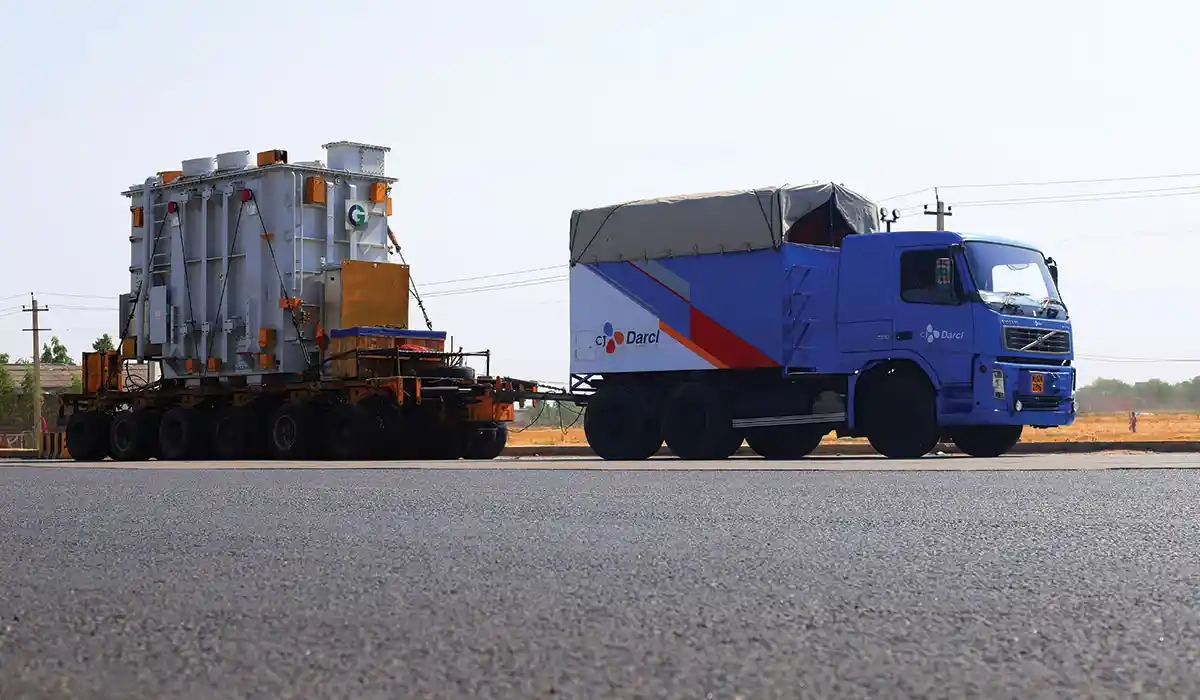
What services do you provide and to which sectors? What revenues are you generating from your various business segments like Bulk and Full Truck Load transportation segment, multimodal transportation, and project cargo?
CJ Darcl Logistics being the only multi-modal logistics solution provider in the country, is providing end-to-end services to its customers including Full Truck Load (FTL), Rail Freight, Project Logistics, Freight Forwarding, Coastal Movement, Container Cargo, Warehousing & Distribution, Over Dimensional Cargo movement, and last mile delivery.
The company has achieved a success rate of 99% safe deliveries and 98.37% on-time deliveries with 0.01% accidents, making it the most trusted logistics partner for all leading organizations across segments in India. We deliver best-in-class logistics services to all the significant sectors such as FMCG, Metal and Mining, Oil & Gas, Consumer Durables, Automobiles OEM, Pharmaceuticals, Tires & Rubber, Renewable Energy, etc. For coastal regions, apart from the container vessel movement, we also operate break bulk movement between India and Bangladesh through barges, including products like food grains, steel sheets and pipes, etc.
CJ Darcl has always advocated lean logistics: what are the operational benefits and how does it help in supply chain management and optimization?
Lean Logistics is a process to identify and eliminate waste of time, effort, and material from the supply chain to increase efficiencies. It is achieved by optimizing teamwork, productive management, and cross-functional operations to make their operations move faster and cheaper. In short, it removes unnecessary touch points, wasteful processes, and wasteful packaging from the supply chain. It is also centered on reducing delays in wait time, picking, and shipping. It helps companies achieve a flexible position with demand volatility.
One of the primary benefits of lean logistics is inventory management. Excess inventory leads to waste, and too little inventory results in wait time and upsets customers. By analyzing data, removing redundancies, and keeping your stock tight, you will ensure that production lines flow without a hiccup and without holding inventory for prolonged periods of time. In fact, Lean Logistics is a great way to minimize inventory risk.
Lean Logistics processes also remove the irrelevant formalities in the supply chain, which increases efficacy and generates revenue for the industry. For implementing lean logistics correctly, one should start by identifying roles of those performing the key functions of the business-like purchasing, product distribution, and client services.
CJ Darcl Logistics works on asset-right model such that it leases market vehicles and warehouses as per client’s requirement. Owning market vehicle may block the capital, but leasing market vehicle as per requirement maintains the cashflow in the organization. This reduces the burden and liability in an organization. Employing lean logistics will increase efficiencies, profits, and time capital. It will also positively impact your clients as they will receive shipments faster and you have more time to spend creating the products they want for the future.
Break bulk cargo transport requires that several uncertainties be well managed to mitigate damage risks, missed key connections, and accrued delay penalties. How efficiently have you strategized and aligned the process of heavy lifting (with or without cranes) and cargo movement management?
CJ Darcl Logistics understands the sensitivity of each kind of goods that need different kinds of containers, therefore, it has set up customized containers as per clients’ requirements to leverage its efficiency and beat competition.
CJ Darcl Logistics also deals in Over-Dimensional Cargo (ODC) and heavy lift cargo. Openable containers and customized containers are used for break-bulk cargo movement. CJ Darcl successfully executed the Road-Sea-Road combination to heavy lift break bulk on container vessel. One of the achievements is the heavy lift of 470MT single consignment.
How do you leverage technology to provide a seamless logistics experience to your customers?
CJ Darcl Logistics uses advanced technologies such as state-of-the art transport management solutions, technology driven freight management, fleet centralization, connects to customers through a unified portal, makes data driven decisions, and deploy performance evaluation systems.
As a tech-first logistics player, we have digitalized operations company-wide with ERP-SAP, TMS, and other pilot applications, whose implementation has eased the flexibility and visibility of our operations. We also use GPS and SIM based tracking systems to know the geographic location of the consignment.
Lifting & Specialzed Transport, November - December 2022















